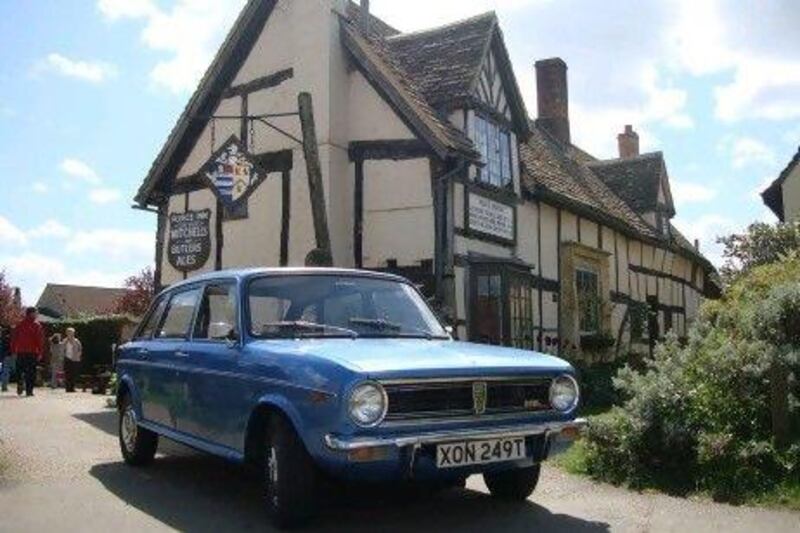In 1959, British manufacturer Austin launched the Mini, arguably the most significant design in motoring history and the first modern car. It was the brainchild of visionary designer Alec Issigonis, who appeared to have the world at his feet and the fortunes of the British car industry in his hands.
The Mini was so much ahead of its time and so superior to its rivals that it should have assured Austin global market domination. But due to woeful mismanagement it didn't and, by the end of the 1960s, the company was in difficulty and in need of another mould-breaking Issigonis design.
The result was the Maxi, a counterpart and homage to the Mini, and the last design of a celebrated career. It featured all the Issigonis hallmarks: clever, forward thinking and innovative. He correctly predicted the rise in demand for the more practical hatchback configuration and the Maxi was the first mainstream British hatchback and the first to feature a five-speed manual transmission. Its design was based around his philosophy that balance, poise and performance were improved by positioning the wheels in each corner, minimising any overhang of a boot or bonnet.
Austin was convinced that a large, family size hatchback would prove popular by the success of the Renault 16 that had been launched a few years before and won European Car of the Year.
The Maxi was a new car for a new era in the British motor industry. Designed by the British Motor Corporation (BMC) in the late 1960s, it was launched after the merger with British Leyland.
The two cultures had clashed and Leyland was less than impressed by the Maxi's sparse interior and poor specification. Indeed, Leyland was so concerned that it delayed its launch by two years while it was revamped for a more discerning market.
It was thrust into the public consciousness in 1969 at a high-profile launch and as one of the first models to be reviewed on television programme Wheelbase, the forerunner to global phenomenon Top Gear. But while Leyland focused on the glitz, the press focused on the glitches. Despite its modern design it was panned for excessive noise, lethargic performance and temperamental transmission.
With a clever play on a popular saying, the Maxi was advertised as the car for people with more sense than money.
Retailing at £978, it represented good value for a modern, roomy, five-door hatchback. It was light years ahead of its predecessor, the Austin A60 Cambridge, and with the genius of Issigonis behind the design it was more forward-thinking than most of its rivals. For instance, the rear seats not only reclined forward to increase load capacity but also backwards to create a double bed. Whether customers ever considered it a viable alternative to a VW Transporter is questionable but it is evidence of its clever engineering.
However, this was an era when the British motor industry made mediocre models from inspirational designs. In a 12-year production run just less than 500,000 Maxis were made, falling far short of its target.
It fared better than other Leyland flops such as the Morris Marina and Austin Allegro but could not replicate the success of its smaller cousin and inspiration, the Mini. Its image wasn't helped by appearances in the popular British farce Carry On films and Fawlty Towers.
It was intended to be desirable but, in most people's estimation, was just a little bit dull. For reasons best known to Leyland executives, they only wanted one hatchback in their model range, which meant that sales of the contrived saloons of the Allegro, Princess and Ambassador also failed to turn engineering promise into boardroom profits.
Shocked by its less than generous reception by critics, Leyland worked hard to overcome its shortcomings. A more powerful 1.7L engine producing 90hp improved performance while a more conventional gear change improved reliability. Equipment levels were gradually introduced, including heated rear windows and intermittent window wipers.
By the early 1980s, the Maxi's retail price had increased to £4,995 but it was looking very dated.
An experiment of making it more exciting with a lurid Orange paint option couldn't disguise the fact it was long in the teeth and, in 1981, its place at the Cowley production line was taken by the Honda-based Triumph Acclaim. In 1983, it was succeeded by the Austin Maestro. Around 700 Maxis survive, with examples still in daily use in Pakistan, Malaysia and the West Indies.






